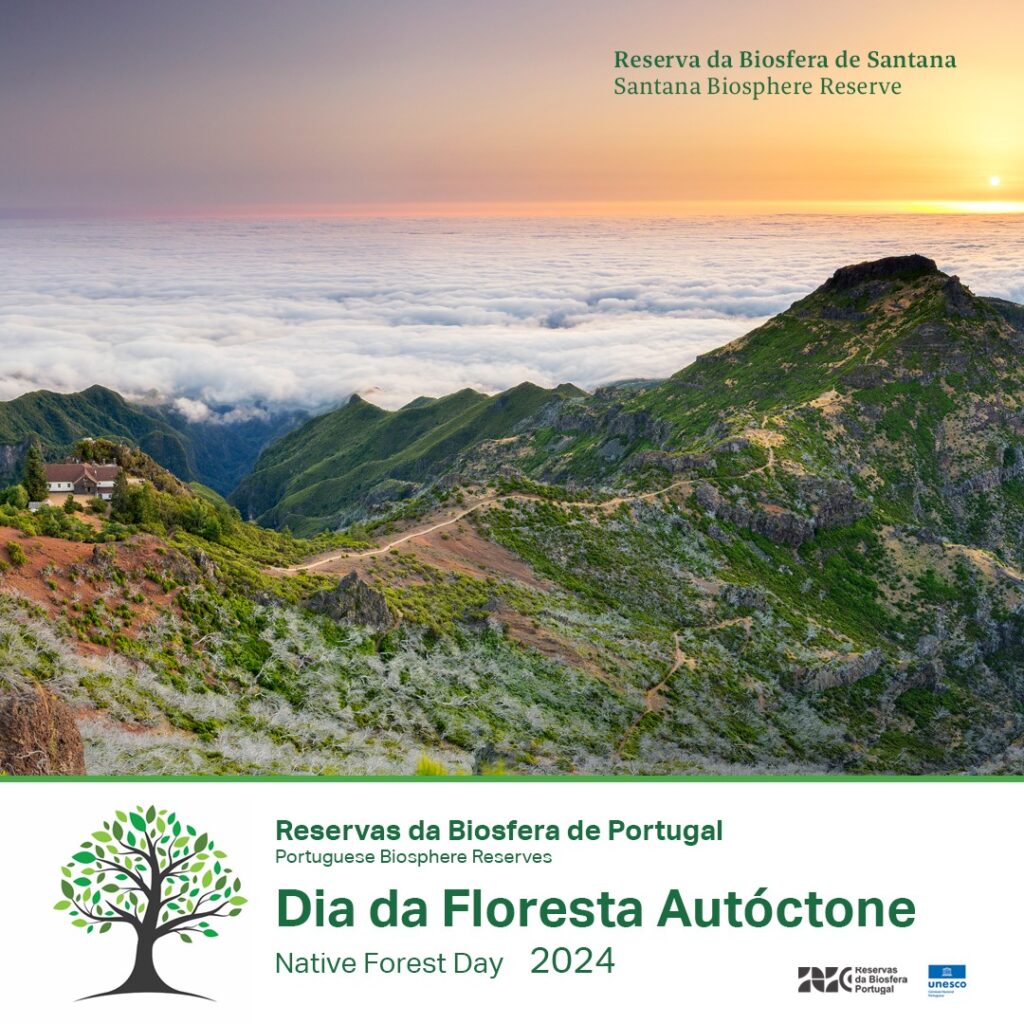Native Forest Day
Native forests are made up of tree species naturally found in the region or country where they grow. In Portugal, examples of native species include chestnut trees, holm oaks, cork oaks, and bay laurels. These forests are better adapted to local soil and climate conditions, play a vital role in purifying and regulating air and water, and facilitate atmospheric carbon capture. In addition to protecting soil and supporting agriculture, they are rich habitats for biodiversity and provide essential services to local communities.
Native forests:
- Are better adapted to the soil and climate conditions of their territory;
- Are more resistant to pests, diseases, wildfires, and extreme drought or heavy rainfall;
- Play a vital role in purifying air and water, maintaining the water cycle, and in carbon sequestration;
- Protect soil from erosion and degradation, enable its regeneration, and help maintain its fertility, which is essential for successful agricultural activities;
- Provide other important economic resources (cork, wild fruits, medicinal and aromatic plants, mushrooms, honey, etc.);
- Are habitats for numerous flora and fauna species, contributing to ecosystem stability;
- Hold cultural and identity value for local communities, framing and inspiring traditional practices, stories, and legends.
The Laurissilva Forest, which predates human settlement on Madeira Island, is an excellent example of a native forest and one of the most unique features of the Santana Biosphere Reserve. With 15,000 hectares, it is characterized by a complex and diverse ecosystem of great scientific and botanical significance. It was classified as a Biogenetic Reserve of the Council of Europe in 1992, a Site of Community Interest integrated into the Natura 2000 Network, and a UNESCO World Natural Heritage Site in 1999.
Learn more about the Laurissilva Forest here
